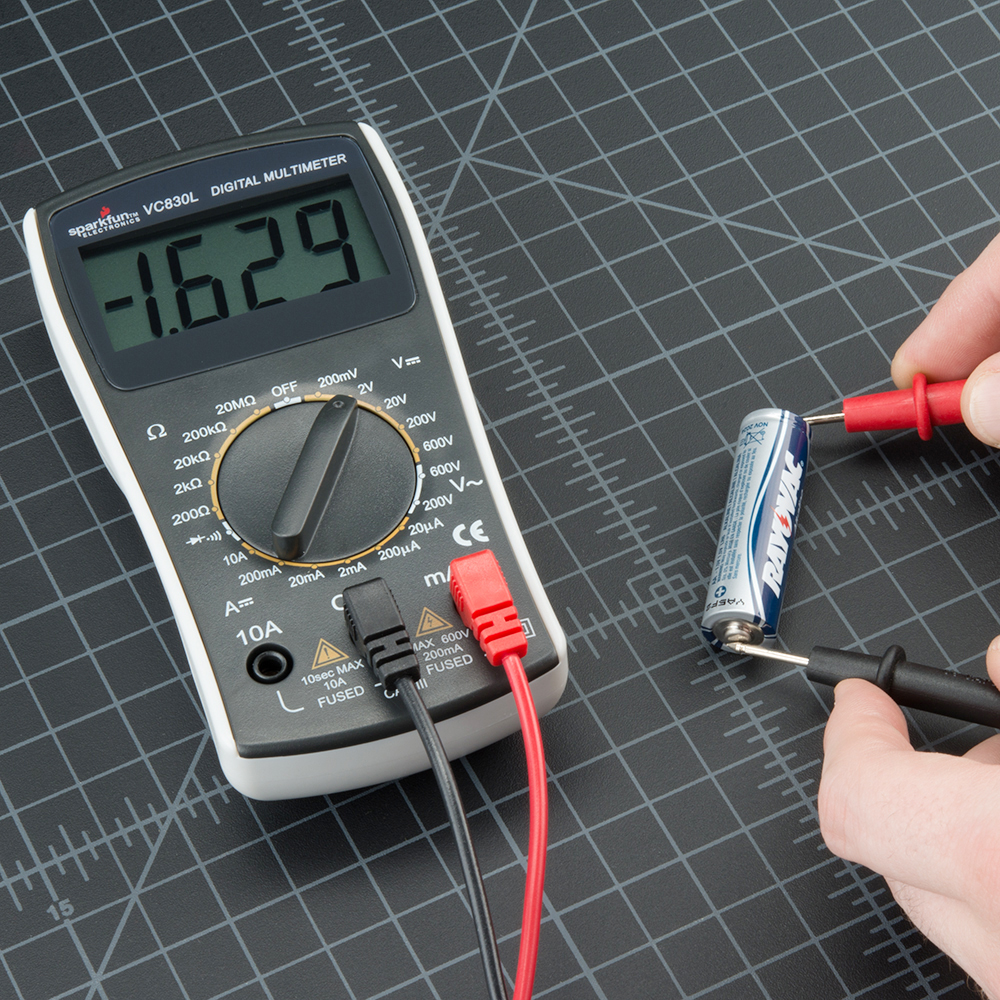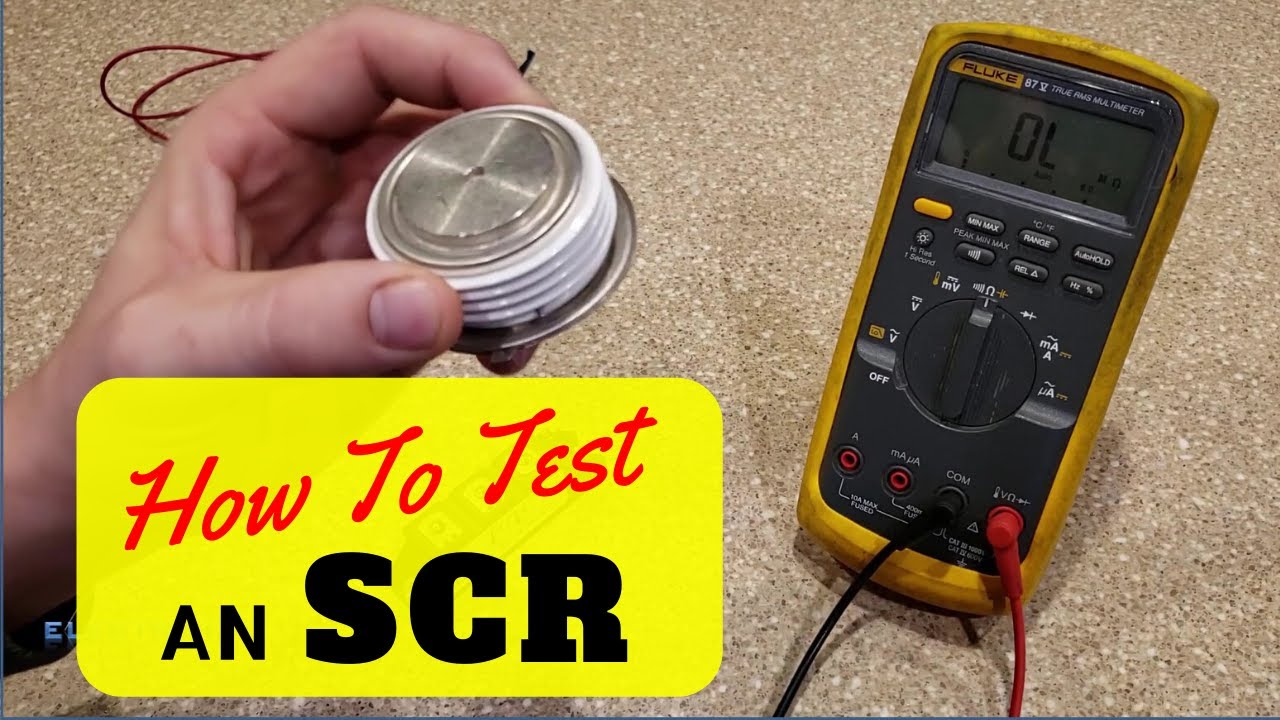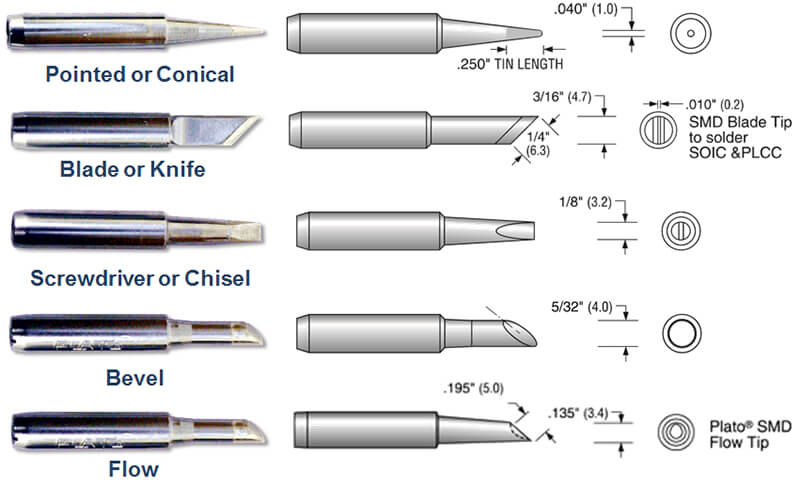How to Measure Voltage with a Multimeter
Are you a DIY enthusiast or an electronics hobbyist looking to measure voltage accurately? Using a multimeter is a handy tool that can help you with your voltage measurements. Whether you’re checking the voltage of a battery or testing an electrical circuit, a multimeter is an essential device in any toolbox.
In this article, we’ll guide you through the steps on how to measure voltage with a multimeter. Before we get started, make sure you have a digital multimeter on hand. Digital multimeters are the most commonly used type and are easy to use for beginners.
Step 1: Set the Multimeter
The first step in measuring voltage with a multimeter is to set the device to the appropriate voltage range. Most digital multimeters have a dial or button that allows you to choose the voltage range. Select a range that is higher than the voltage you expect to measure to avoid damage to the multimeter.
If you’re unsure about the voltage level, start with the highest range setting and work your way down until you get a reading on the multimeter display.
Step 2: Connect the Multimeter
Next, you’ll need to connect the multimeter to the circuit or device you want to measure. To measure the voltage across a component, such as a battery or resistor, you’ll need to place the multimeter probes in parallel with the component.
Make sure the red probe is connected to the positive terminal of the circuit, and the black probe is connected to the negative terminal. Be careful not to touch the metal tips of the probes together while the multimeter is set to measure voltage.
Step 3: Take the Voltage Reading
Once the multimeter is set and connected correctly, you can take the voltage reading. The display on the multimeter will show the voltage level of the circuit or device you’re measuring.
Make sure to read the display carefully and record the voltage reading if needed. If the reading is fluctuating, try adjusting the range setting on the multimeter for a more accurate measurement.
Step 4: Interpret the Results
After taking the voltage reading, it’s essential to interpret the results correctly. If the voltage reading is within the expected range, the circuit or device is functioning correctly. However, if the voltage reading is outside the expected range, there may be an issue with the circuit or device.
Consult the multimeter manual or an electronics expert to determine the next steps if you encounter abnormal voltage readings.
Conclusion
Measuring voltage with a multimeter is a straightforward process that can provide valuable insight into the health of your electrical circuits and devices. By following the steps outlined in this article, you’ll be able to measure voltage accurately and troubleshoot any issues effectively.
Remember to always exercise caution when working with electrical circuits and devices to avoid injury or damage. With practice and experience, you’ll become proficient in using a multimeter for voltage measurements.
How to Measure Voltage with a Multimeter
Are you a DIY enthusiast or an electronics hobbyist looking to measure voltage accurately? Using a multimeter is a handy tool that can help you with your voltage measurements. Whether you’re checking the voltage of a battery or testing an electrical circuit, a multimeter is an essential device in any toolbox.
In this article, we’ll guide you through the steps on how to measure voltage with a multimeter. Before we get started, make sure you have a digital multimeter on hand. Digital multimeters are the most commonly used type and are easy to use for beginners.
Step 1: Set the Multimeter
The first step in measuring voltage with a multimeter is to set the device to the appropriate voltage range. Most digital multimeters have a dial or button that allows you to choose the voltage range. Select a range that is higher than the voltage you expect to measure to avoid damage to the multimeter.
If you’re unsure about the voltage level, start with the highest range setting and work your way down until you get a reading on the multimeter display.
Step 2: Connect the Multimeter
Next, you’ll need to connect the multimeter to the circuit or device you want to measure. To measure the voltage across a component, such as a battery or resistor, you’ll need to place the multimeter probes in parallel with the component.
Make sure the red probe is connected to the positive terminal of the circuit, and the black probe is connected to the negative terminal. Be careful not to touch the metal tips of the probes together while the multimeter is set to measure voltage.
Step 3: Take the Voltage Reading
Once the multimeter is set and connected correctly, you can take the voltage reading. The display on the multimeter will show the voltage level of the circuit or device you’re measuring.
Make sure to read the display carefully and record the voltage reading if needed. If the reading is fluctuating, try adjusting the range setting on the multimeter for a more accurate measurement.
Step 4: Interpret the Results
After taking the voltage reading, it’s essential to interpret the results correctly. If the voltage reading is within the expected range, the circuit or device is functioning correctly. However, if the voltage reading is outside the expected range, there may be an issue with the circuit or device.
Consult the multimeter manual or an electronics expert to determine the next steps if you encounter abnormal voltage readings.
Conclusion
Measuring voltage with a multimeter is a straightforward process that can provide valuable insight into the health of your electrical circuits and devices. By following the steps outlined in this article, you’ll be able to measure voltage accurately and troubleshoot any issues effectively.
Remember to always exercise caution when working with electrical circuits and devices to avoid injury or damage. With practice and experience, you’ll become proficient in using a multimeter for voltage measurements.



